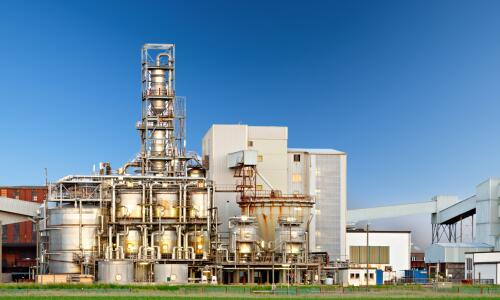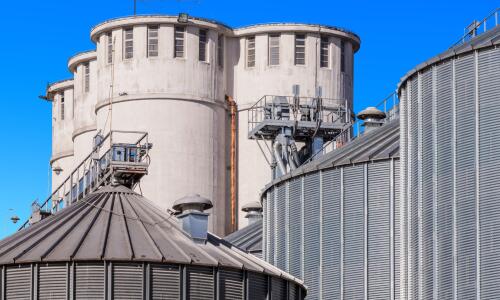cattura del carbonio
Contrary to what is predicted by the projections of the Intergovernmental Panel on Climate Change (IPCC) - which predict the global sequestration capacity of between 1 and 30 gigatons of carbon dioxide per year - the technologies currently in use, the availability of storage sites and the commitments made by governments to combat the phenomenon could remove a maximum of 16 gigatons of CO2 per year, even if «realistically» the limit will be 5 or 6 gigatons.This was established by a new study conducted by Imperial College, subjected to peer review and published in the prestigious scientific journal Nature, who through new analyzes shows that various estimates on the topic "have been highly speculative".Samuel Krevor, co-author and researcher in Imperial's Department of Earth Science and Engineering, said: «Our study is the first to apply growth models from established sectors to CO2 storage.Our new model offers a more realistic and practical approach to predic...
The energy multinationals ENI and SNAM have announced that they have started the capture and storage of carbon dioxide emitted by the Casalboretti power plant, in the municipality of Ravenna.The project plans to capture at least 90% of the CO2 produced by the plant - estimated at around 25,000 tonnes per year – and transport it to the offshore platform Porto Corsini Mare Ovest, and then deposit it in an exhausted gas field at 3,000 meters deep.In a press release, ENI declared that this commitment is "consistent" with its desire to position itself as an "operator that facilitates a fair and balanced energy transition", adding that it is "a fundamental contribution to achieving carbon neutrality by 2050".However, no explanation can be found regarding the most recent scientific evidence, which suggest that the actual impact of this strategy on the climate may be more limited than expected and, therefore, still under discussion. According to the press re...
The deep, light-free zone of the ocean, located between 200 and 1,000 meters below the surface, is surprisingly poor in iron, to the point of limiting the growth of bacteria, which, however, they compensate by producing molecules that facilitate their absorption from the surrounding water:this is what emerges from new research led by scientists from the University of South Florida, subjected to peer review and published in the prestigious scientific journal Nature.The authors explained that the experiment could revolutionize our understanding of microbial processes in the deep oceans and, above all, provide new estimates and parameters regarding carbon uptake by the oceans, which strongly depends on bacterial activity and is essential for mitigating climate change. The analyzed region, called “twilight zone”, is characterized by the fact that sunlight cannot penetrate, thus creating a dark and cold environment.The lack of sunlight therefore limits photosynthesis and, conseq...


